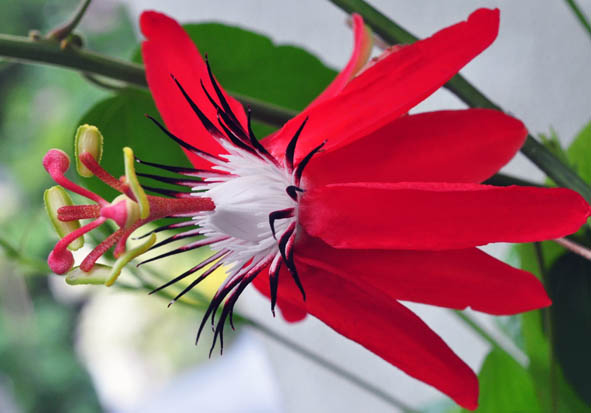Zizula hylax pygmaea (Pygmy Grass Blue) are incredibly tiny butterflies that freely flutter around in my garden. Lantana camara are their firm favourites.


"The butterfly is a flying flower. The flower a tethered butterfly"
- Ponce Denis Écouchard Lebrun
Their strong preference for this plant could be due to the aromatic leaves and flowers.

Unfurling a coiled proboscis into the floret of Lantana camara 'spreading sunset'.
Having a field day, hopping from one floret to another, they are simply just spoilt for choice.

Their thirst for the nectar seems to be insatiable as they flit tirelessly from one inflorescence to another.

The nectar must be like ambrosia to them.

Their thirst for the nectar seems to be insatiable as they flit tirelessly from one inflorescence to another.

The nectar must be like ambrosia to them.
Even flower buds are given the once over.

The buds appear as little rectangle packages


The buds are just as interesting as the flowers.

The buds appear as little rectangle packages


The buds are just as interesting as the flowers.

































